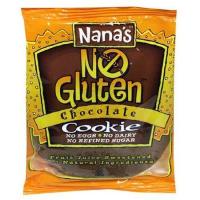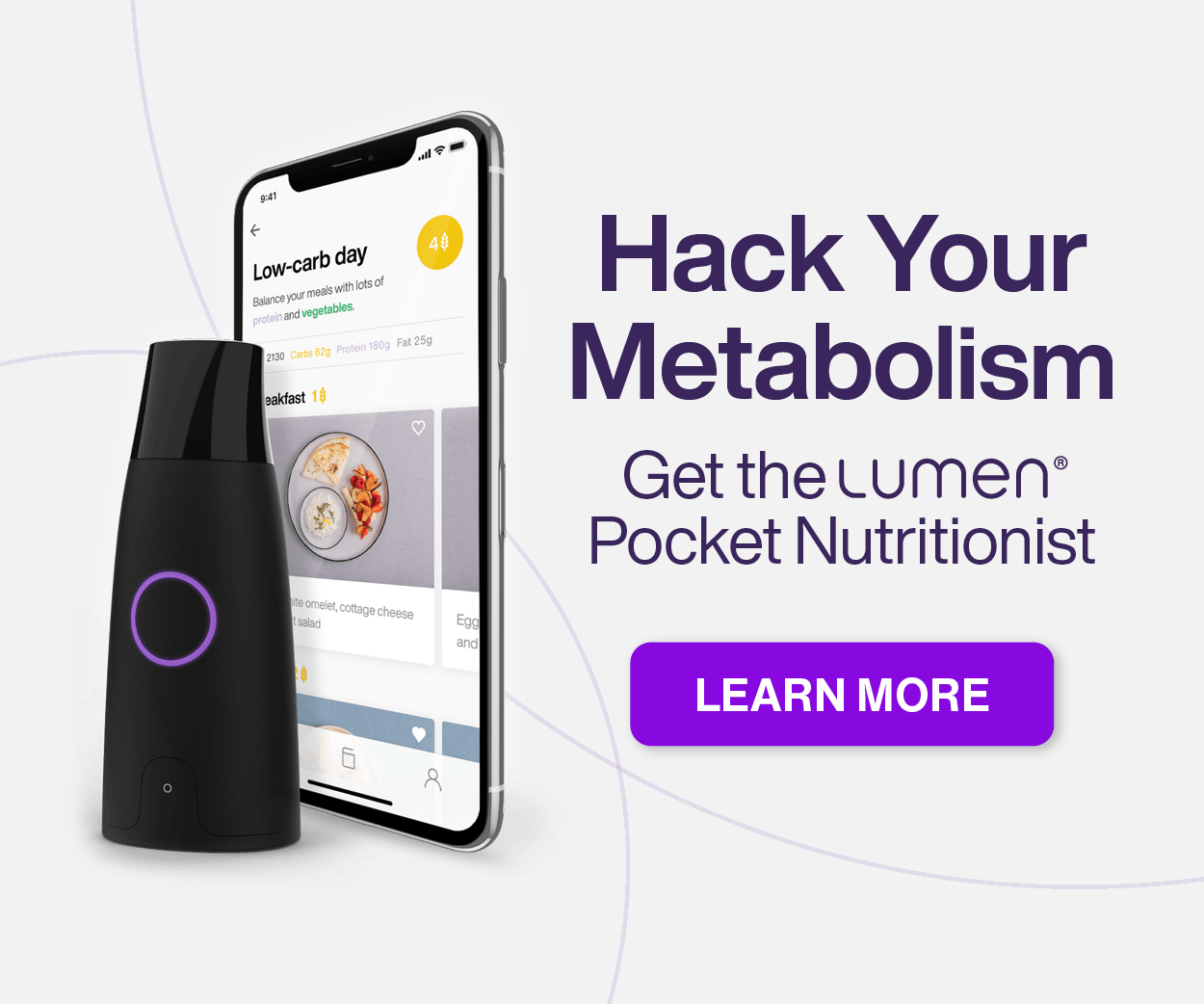I get asked all the time if vitamins are actually all they’re hyped up to be. Do they really work? Are they worth the money? Which vitamins are really necessary?
are really necessary?
There have been a lot of recent studies claiming that taking vitamins has little to no effect on one’s health, but the fact is that not all vitamins are created equally. Research has shown over and over again that potent, high quality formulations of certain vitamins, minerals, herbs, and antioxidants play a huge role in maintaining optimum health and longevity, disease prevention, and treating various ailments.
That said, it’s important to note that vitamins and supplements are not a miracle, cure-all panacea that allow you to neglect healthy diet and exercise. Supplements are really designed to fill in the gaps left in our diets. The most potent and effective means of delivering nutrients into your system are through whole foods. Very few, if any, supplements will ever offer the same benefits as eating a variety of brightly colored vegetables and fruit, and whole grains. But unfortunately, some vitamins are nearly impossible to get enough of, even if you have a super healthy diet. Vitamin D, for example, is a vitamin nearly everyone in the northern parts of the world is deficient in. It is simply impossible to get enough vitamin D3 from sunshine when you live anywhere that has a winter. To derive enough of this vital nutrient from the sun, you would need 15 minutes of direct sunlight (sans sunblock) on large swaths of your skin every single day. Even in warmer climates, that just isn’t possible for a lot of people. Other nutrients aren’t possible to derive from specific diets. Vegetarians do not get sufficient amounts of vitamins B6 and B12, so supplementing with a high quality B Complex is vital. Omega-3′s are another nutrient that are very difficult to safely derive enough of in a standard Western diet, and it’s health benefits are so numerous that supplementation is definitely recommended for many people. There are also many herbs that just aren’t available (or palatable) for consumption as food — therefore taking them in supplement form is the most efficient and convenient means of delivering their amazing and varied benefits to your body.
Are supplements worth the money? It’s safe to say you’re probably wasting your money if you’re using vitamins as your only consistent sources of healthy nutrients while maintaining a sub-par, Standard American Diet. Anyone that tells you that you can keep eating cheeseburgers and ice cream and still be slim and healthy by taking some special amazing supplement is taking you for a ride! But if you’re using supplements to fill in the gaps in a healthy diet, you’re doing your body a huge favor.
What supplements should I be taking? Everybody has different supplementation needs, depending on gender, age, health concerns and goals. That said, there are definitely a few supplements that everyone can benefit from. See my Basic Supplement Guide for a list of universally recommended supplements for optimum health. For more specific recommendations, always consult a holistic healthcare practitioner. There are specific combinations of supplements that can help with everything from painful or irregular periods, weight loss and headaches or pain, to cancer prevention, all kinds of gastrointestinal issues like constipation or irritable bowel syndrome, heart health, cholesterol, and thyroid imbalance. Pretty much any health concern can be addressed and improved with the proper supplementation, in addition to… you guessed it!… healthy diet and exercise.
Are all vitamins safe? It is absolutely vital to ensure that the vitamins you are taking are high quality and in the right dosages for your body. Certain supplements, taken in improper dosage, have actually found to be detrimental to health and have been linked to higher risk of mortality and disease. Always research your vitamin brands to make sure they are using pure formulations derived from healthy sources. Brands I trust are NOW, Rainbow Light, Biotics, New Chapter, Vitanica, and Solgar. Check out the Organic Beauty Store for some fabulous supplements used by myself and my clients.
Supplements really do work, and, in combination with the correct diet and exercise for your body, can mean a stronger, more youthful, and healthier you!
—-
Natasha Uspensky, CHHC, AADP
Contact me to schedule a free initial consult to discuss your health goals and find the right diet and supplementation for you. Or come visit me at NU Health & Wellness for more info!


























